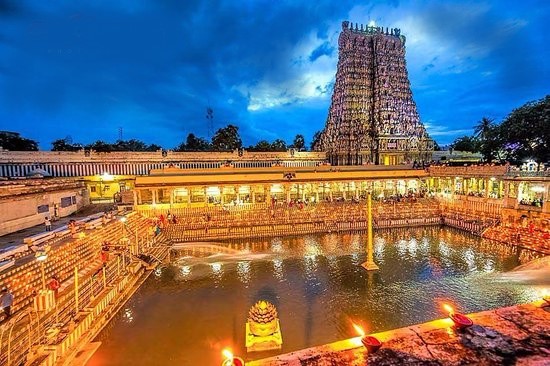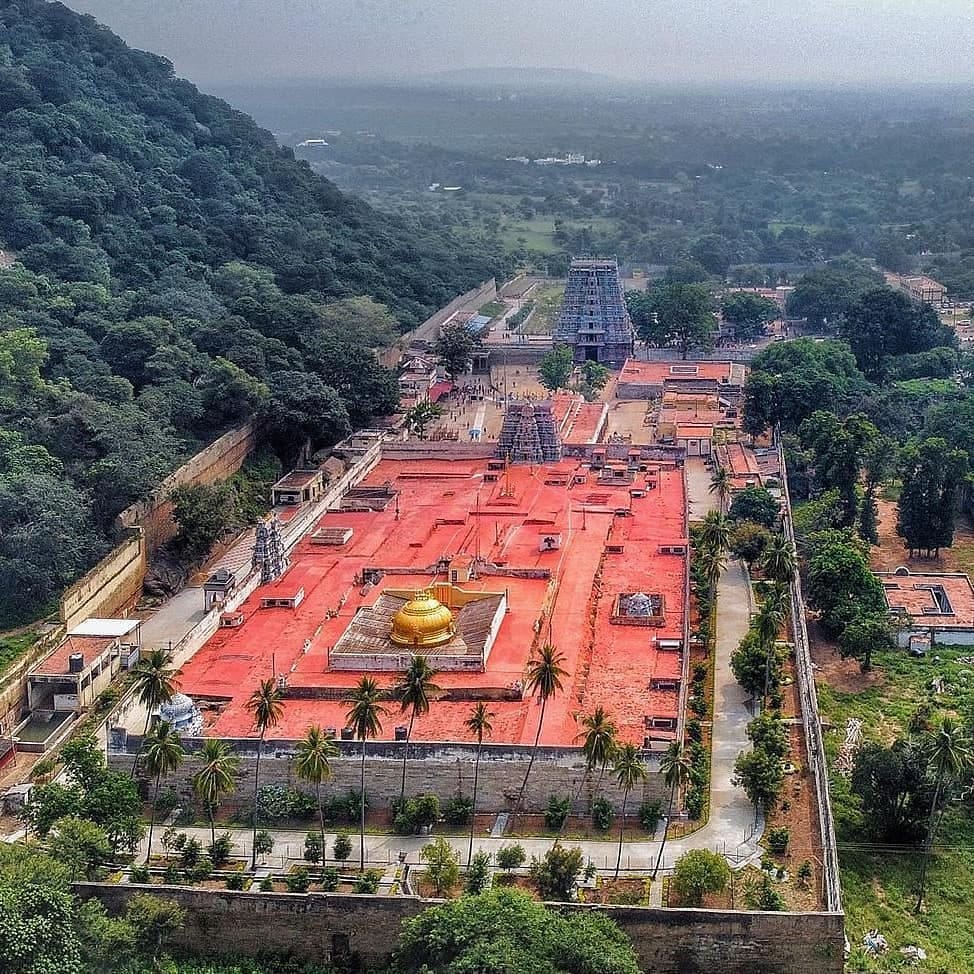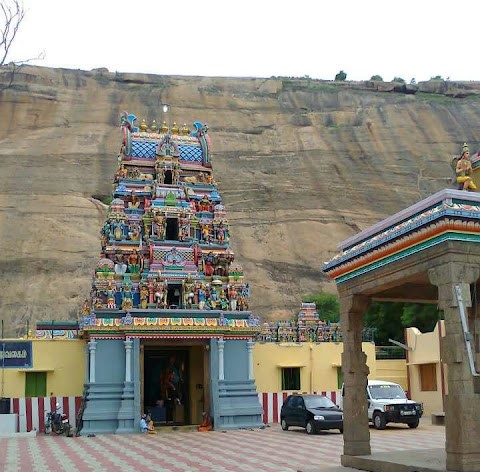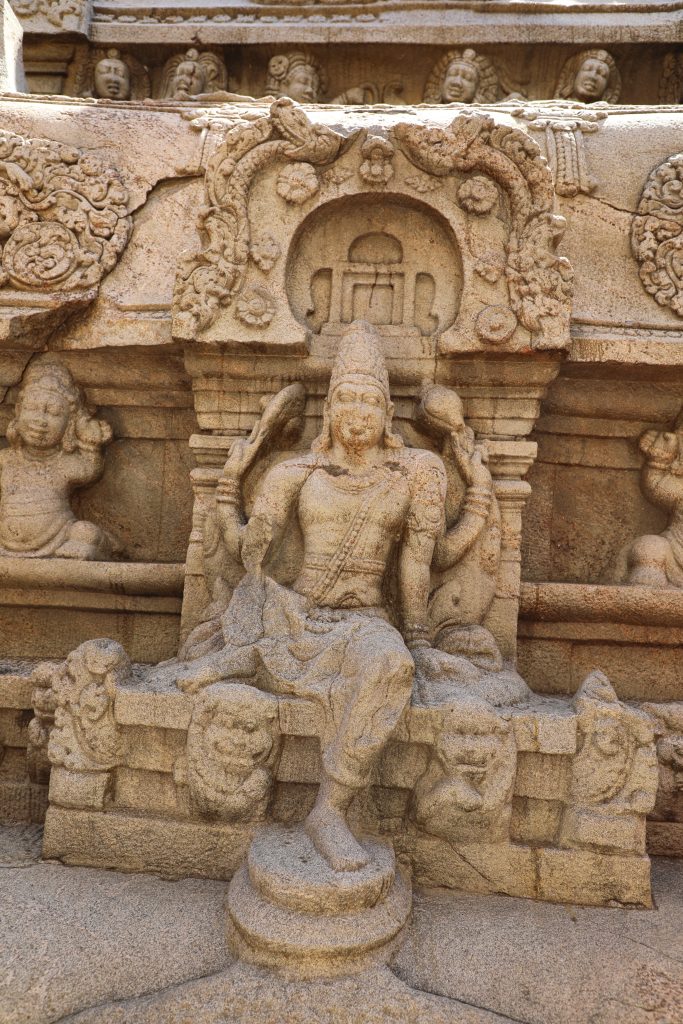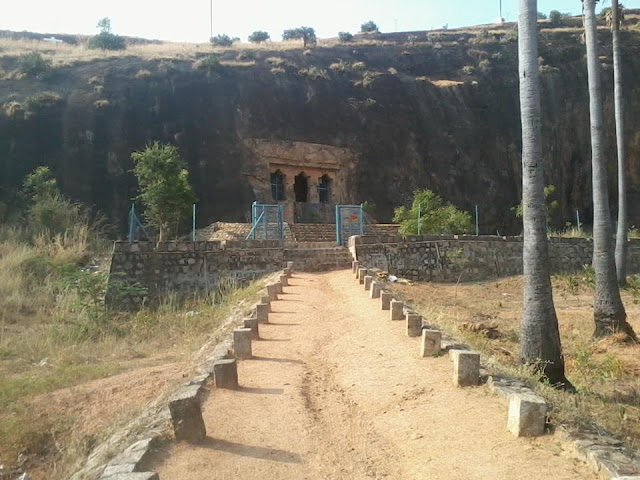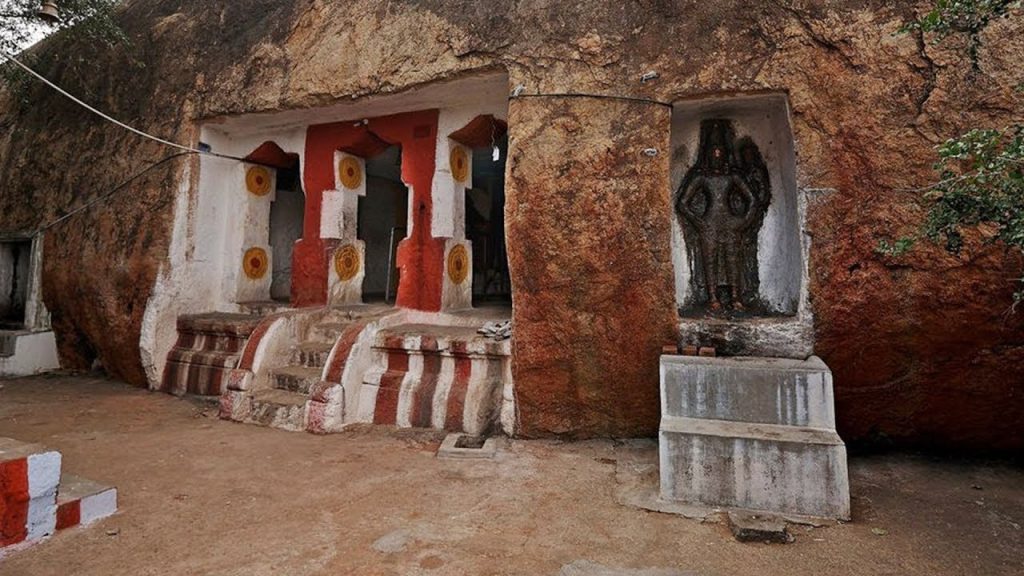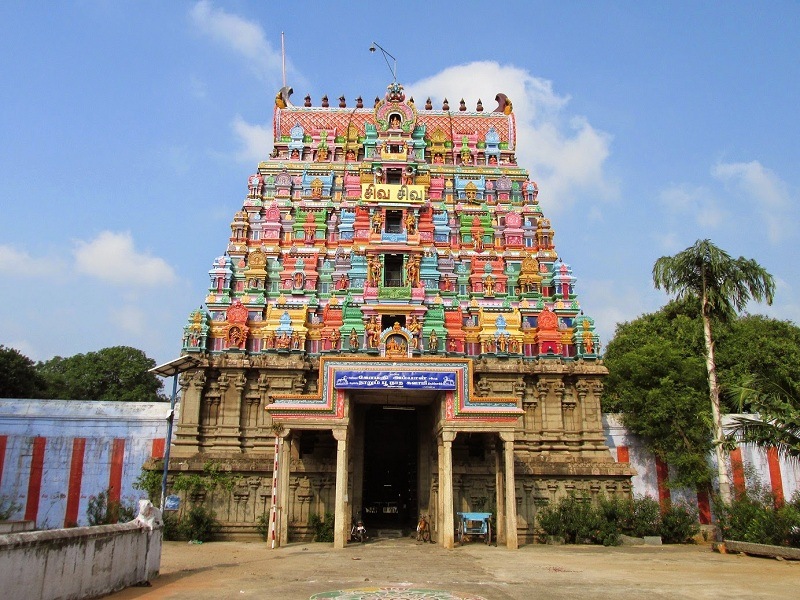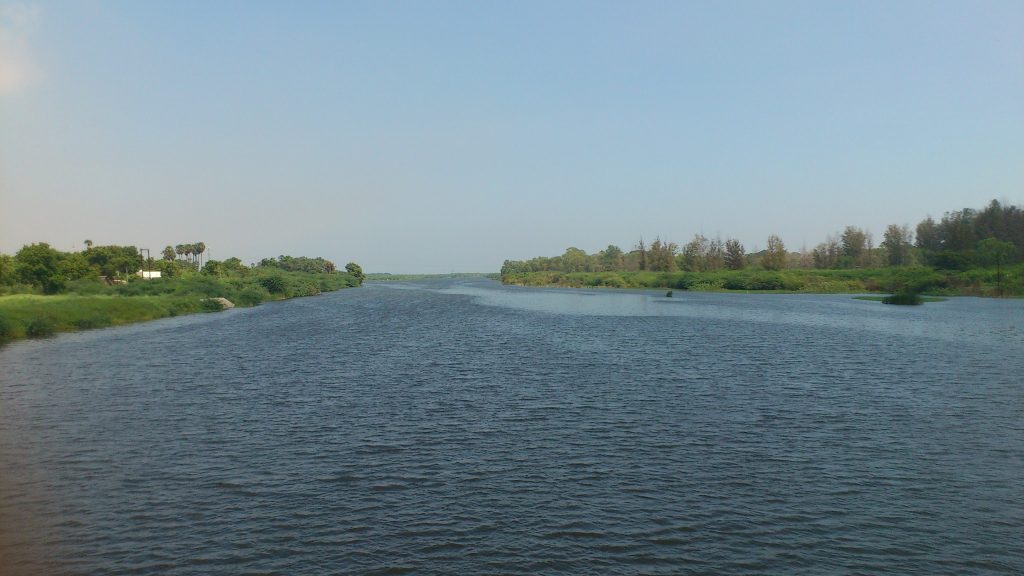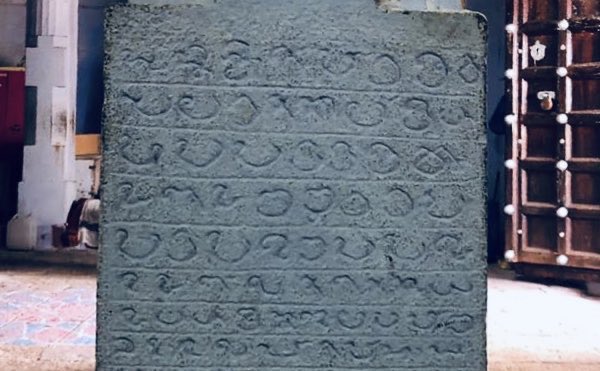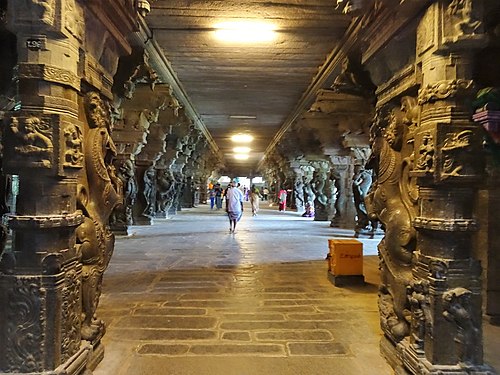Pearls Of Pandiyas
The Pandiyas have no record of their origin.
The Pandiya reign can be seen as 3 distinct periods. The Sangam periods which lasted from around the 3rd century BCE to 3rd century CE, the early Pandiyas between the late 6th to 10th century CE and the Medieval Pandiyas, beyond 12th century CE.
The Sangam period is unique in world history. It brough forth people’s literature, the creative likes of which is unparalleled in world literature. More than the political system, it is the unique 5 terrain-based divisions of the land and the lively culture of each that became the hallmark of the Pandiyas of Sangam. Like every good dream, this had to come to an end, the county was taken over by a tribe called Kalabhras for 3 centuries between the mid 3rd to mid 6th. The Pandiyas retrieved their Kingdom and there was fair governance by brave and just kings for the next 400 years when another misfortune befell them. The expanding Cholas annexed the Pandiya region and they had to serve out a period of 200 years under the Cholas. But the indomitable Pandiyas shook off that period of servility and burst forth to claim their glory. They became the southern empire, expanding their territory over the rest of the southern kingdoms. But that was almost their last breath. Internal strife of a long dynasty and onslaught by the Delhi sultanate brought them down in the early 14th century CE from where they could never recover. They had finally lost steam and could never rule from their beloved Madurai again. That must have truly broken their heart.
Pandiyas can claim the longest rule among the dynasties of India. Touring their land will run you through a flurry of emotions, admiring their bravery, courage, and resilience and along with it a sensitivity to life, literature and art, a combination that set them apart from others.
Places to Visit
MADURAI
The Pandiya Capital for more than 2 millennia that has truly seen the changing landscape. This was the place where Sangam met and brought forth mind-blowing literature more than 200 years back. Madurai of today has been built around the ancient city, not altering its basic structure.
AZHAGARKOVIL
A place that has a history almost as long as Madurai’s. It is a symbol of the Pandiya religious tolerance having on its ground temples for ancient goddess Iyakki (mentioned in Silappathikaram), Murugan, Thirumal and folk god Karuppu. This Karuppu is considered the protector of the whole hill range and also of the other gods.
NARASINGAM
Narasingaperumal Kovil or Yoganarasimhar Kovil in Narasingam, an 8th century CE cave temple, was built by the Pandiya ministers Maran Kari and his brother Maran Eyinan in the court of King Maranchadaiyan. There are important inscriptions in Thamizhi as well as vattezhuththu. There is another cave temple just adjacent to it called Ladan Kovil for Murugan. These are great showpieces of Pandiya cave temple architecture with structured temple built around them.
KAZHUGUMALAI
The unfinished top-down relief temple of 8th century CE called the Vettuvan Kovil is a one of a kind in Thamizhagam with the temple carved out of the surrounding hillock similar to the Kailasanathar Temple at Ellora. An astounding structure with breathtakingly beautiful carvings.
On the southern side of this great temple is another array of bas relief sculptures of the Jain Thirthankaras. This panel on the rock front is the largest in Thamizhagam and there are important inscriptions giving the history of the place. A true representation of the Pandiyas who patronized all the great religions.
TIRUMALAPURAM
One of the earliest of Pandiya cave temples carved out of a rock front in the 7th century CE. The bas relief sculpture on the walls are exquisite. There are 2 inscriptions belonging to 10th-11th century CE. The lingam at the sanctum sanctorum is of parent stone.
VEERASIGAMANI
Another 7th century CE Pandiya cave temple, Kailasanathar temple. It also has a vattezhuththu inscription of Sundara Chozha Pandian (Rajathirajan) in his 8th regnal year.
THIRUPPUDAIMARUDUR
The 5-rung temple tower of the Naarumpoonathar Temple on the banks of Thamirabarani contains more than 500-year old Nayakar era murals inside the towers. The paintings are preserved remarkably well. The painting on rung 2 depicts a war, the identity of which is explained in detail by the very scholar who discovered it.
THAMIRABARANI
The Thamirabarani River bisects the Pandiya land into perfect halves. This mid strip represents the essence of Pandiya identity with almost all the thinai lands of the Sangam found here. It is the only perennial river having its origin and end in Thamizh land. It is as old as the land itself. It is an unforgettable experience playing in the cool and divine waters of the river flowing through for millions of years in all its splendour.
MANUR
The inscription in one of the pillars of the Ambalavanar Temple in Manur has the oldest inscription, more than a century and a half earlier to the Uthiramerur one, about constitution of a board for dispensation of justice. It is an 8th century inscription of the Panidya King Maranchadaiyan. A copy of this inscription is believed to be displayed in our Supreme Court. There are also some hero stones in front of the temple.
THIRUNELVELI
The Kanthimathi Nellaiyappar temple at the centre of the city is a glorious example of Pandiya and Nayaka architecture. It has both granite and wooden structures broadcasting the architecture of either side of the Western Ghats.
ADICHANALLUR
An archaeological treasure trove where most excavations have been done number and artifacts-wise. It broadcasts the social and economic scenario of historic Thamizhagam. It has thrown up the most ancient materials excavated so far touching the megalithic period. The skeletal remains have been dated to 1500+ BCE. A fitting finale to a tour of the Pandiya country.



